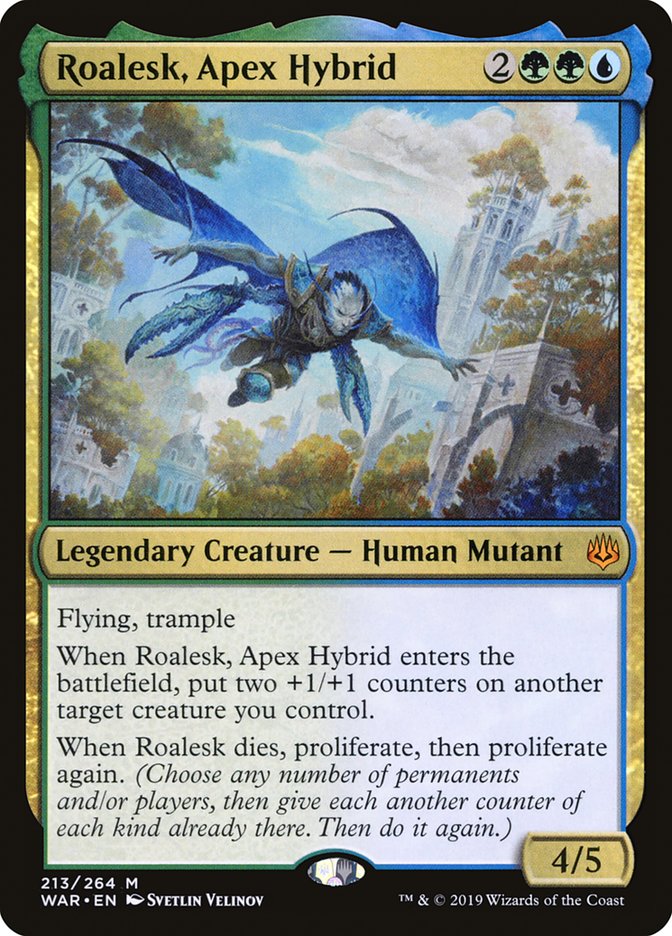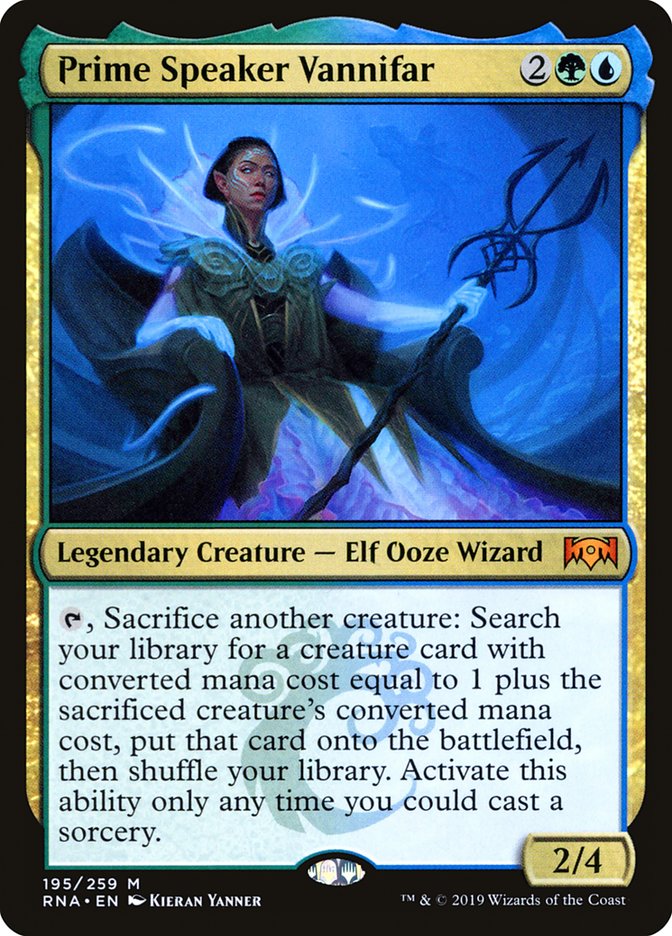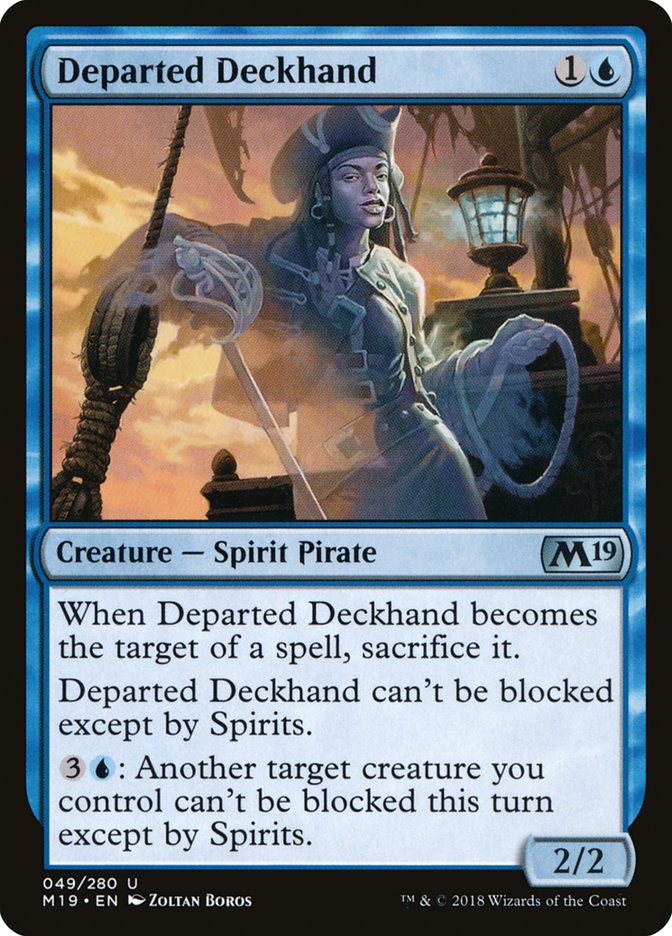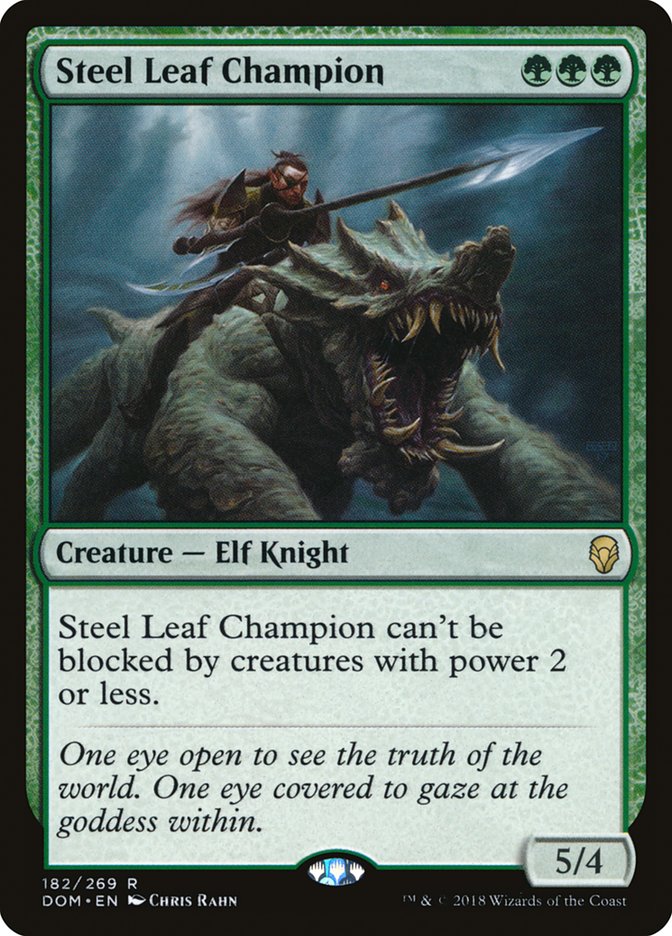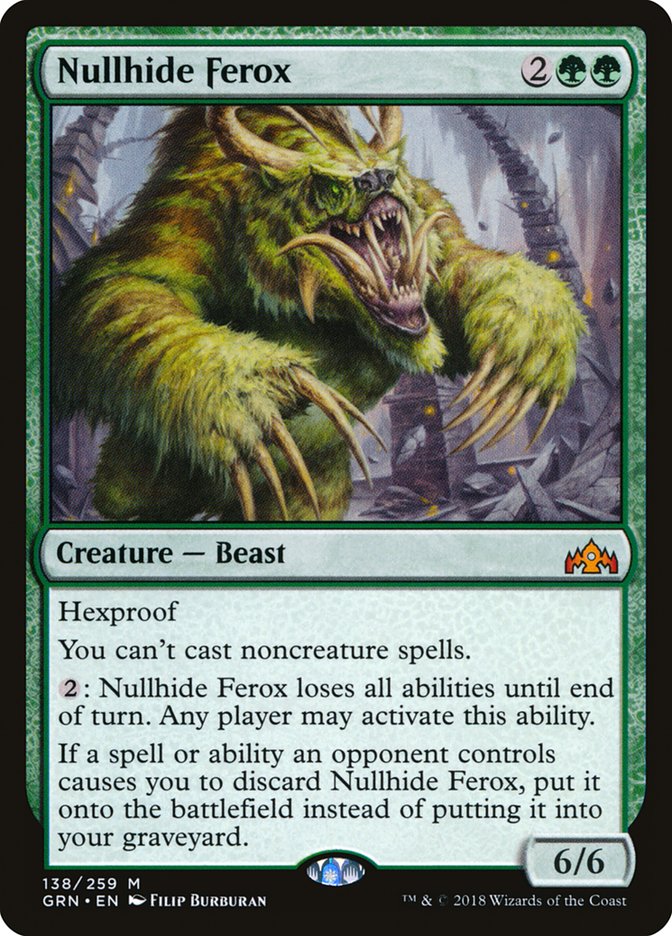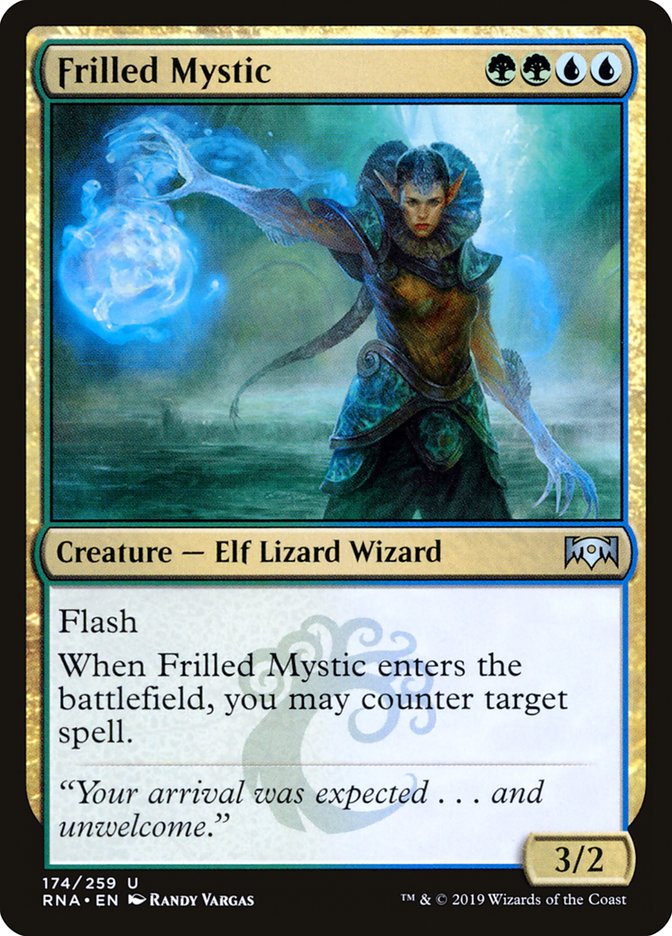Simic has always been my favorite color combination: green creatures, tempo plays, and card advantage all rolled into one. I just love the tension of not having access to true removal in a creature deck. You might have the bigger creatures, but they usually won’t be enough without well-timed tempo plays. It takes both brains and brawns to win with tempo strategies, and the games tend to play out quite interestingly.
The first Tier 1 deck I ever built was U/G Madness.
Creatures (18)
Lands (22)
Spells (20)

I’m already guessing Cedric changed “U/G Madness” to “Simic Madness,” because he’s a monster. Whatever, it’s not important. (CEDitor’s Note: You’re right. It isn’t important. What is, though, is the lack of a fourth Arrogant Wurm in your deck. Who’s the monster now?)
What we need to focus on today is why Simic tempo strategies fell out of favor over the last decade and why I think Roalesk, Apex Hybrid might be the first glimpse of them returning.
Before we get into this new preview from War of the Spark, we must first look at where Simic has been. For years the color combination had tools to exist, but they just weren’t good enough for competitive play. Simic, while working within the confines of the color pie, can be downright broken. Giant creatures that can draw cards, have flash, return permanents to their owners’ hand, or even counter spells are all within the range of printable effects.
Aggressively costed, these types of cards would be downright broken. Standard would revolve around them, as it would be so difficult to break through the tempo and power they provided. We’ve gotten glimpses of Simic’s true potential when we see tri-colored strategies involving both green and blue. The third color often gave the strategy the removal it needed, as the Simic portion of the deck was good, but just not good enough to break through difficult battlefields.
I believe this is why Wizards of the Coast seems to have been very reserved when printing cards in the color combination, especially when designing mythics. Simic just has too much potential for taking over Standard, which is why it’s very scary to allow the guild to stand alone. The sacrifice of adding a third color is real, but when it works the deck is often one of the best decks in the format, if not the best.
From my perspective it feels like WotC implemented two rules to make sure Simic Mythics didn’t take over Standard:
1. Mythics in Simic with an enters-the-battlefield trigger – lasting effects on games, even if they die right away – cost more than just an arm and a leg. Examples include Prime Speaker Zegana; Tishana, Voice of Thunder; and Hydroid Krasis.
2. Mythics in Simic must need a turn cycle or additional resources to trigger abilities. Examples include Master Biomancer; Prime Speaker Vannifar; Progenitor Mimic; Rashmi, Eternities Crafter; and Kumena, Tyrant of Orzaca.
Let’s be honest here – none of these cards really had the splash we expected them to. Obviously Hydroid Krasis is great, but only in a deck centered around black removal. The card doesn’t really get the job done in a Simic-based strategy. That’s because drawing cards in a deck filled with creatures and tempo spells like countermagic and bounce just isn’t that good.
It’s a lesson learned in Cube Draft – you don’t want to ramp into card advantage spells in your Simic decks. If a planeswalker or creature gains card advantage, great. But Elf into Elf into Tidings just isn’t going to get the job done and that’s because your cards aren’t powerful enough on their own to win the game. Maybe you’ll put the biggest creature on the battlefield, but an opponent can have removal for it. And once that happens, you’re stuck with meager threats staring at middling roadblocks. You also run into the problems of simply drawing more mana creatures and more card advantage. It’s pretty much like Izzet Phoenix, just drawing cantrips with cantrips while two Tarmogoyfs ravage their life total.
It’s just not a winning strategy.
There’s also the rule of turn cycles that exists in Standard. Thanks to the high density of good removal and the introduction of planeswalkers, you can’t rely on cards that need an entire turn cycle to be good. Take Prime Speaker Vannifar for example. This card is bonkers once it gets going, but needing to get going is why we don’t see it in competitive environments. There are just too many things that can go wrong before you untap with it. It’s not even a product of this Standard format – we’ve rarely seen cards like this succeed in the past. At this point it’s just a lost cause to try to make them work. Magic just doesn’t function this way.
That’s why it’s so refreshing to see a Simic mythic that doesn’t play by the rules I’m pretending WotC lives by. Roalesk, Apex Hybrid is not like the old Simic mythics. It has a good enters-the-battlefield trigger and doesn’t cost a ton to leave a lasting effect on the game if it dies right away. It helps, all by itself, to push through damage, not only by being a sizeable threat with flying but by making sure a creature you just cast has a real chance of attacking through a cluttered battlefield.
Roalesk could usher in a new era of Simic beatdown decks.
Creatures (36)
- 4 Llanowar Elves
- 4 Merfolk Branchwalker
- 4 Ghalta, Primal Hunger
- 2 Jadelight Ranger
- 4 Steel Leaf Champion
- 3 Departed Deckhand
- 4 Nullhide Ferox
- 2 Kraul Harpooner
- 4 Pelt Collector
- 2 Frilled Mystic
- 3 Roalesk, Apex Hybrid
Lands (24)

There’s a strong chance that Departed Deckhand caught your attention before the article’s namesake, Roalesk, did. Content creator Smi77y was the original designer of Simic Aggro and has been working hard on trying to make it competitive. I know this because he frequents my stream’s Discord and has dropped off almost every variation on the deck over the past few months. None stuck harder than his most recent one that features Departed Deckhand to get through even the worst-clogged battlefields.
It really sucks that Roalesk, Apex Hybrid doesn’t combo that well with Departed Deckhand, but I still think the two cards can occupy the same deck space. Both just want to find ways to deal damage, which is an important task in a deck without removal spells. Like I said earlier, Simic’s biggest weakness is not having a good way to deal with opposing permanents. Now, Simic has a chance to do that by either evading them completely with Departed Deckhand’s activated ability or by making the biggest creature on the battlefield.
The first place my mind went when thinking about Roalesk was curving Nullhide Ferox into it. The 6/6 is already absurdly powerful, but its negative ability kept it in check. Being forced to follow it up with another creature was the downside that allowed for an opponent to double-block without much fear. Those days are over thanks to a creature that acts as a spell when it enters the battlefield. I mean, can you imagine this curve after a Turn 1 Llanowar Elves?
This will clearly get the job done in most games, but the true power behind Roalesk isn’t when it’s just putting counters on your biggest threat (well, maybe it is, but there’s way more to this card). One of the biggest struggles when it comes to tempo strategies like Simic Aggro is making your spell-creatures matter. Cards like Exclusion Mage and Frilled Mystic can play an important role in some matchups, but their meek stats keep them from doing that much damage even after their abilities gained you the tempo advantage you desired.
Now you’ll be able to cast a Frilled Mystic, countering an opponent’s important spell, and then follow that up with a giant flier that makes the 3/2 into a 5/4. This should allow the Elf Lizard Wizard to get through whatever battlefield presence your opponent currently has. Now it’s going to be very difficult for the opponent to catch up. They don’t even want to kill the flier, since that will make the Frilled Mystic a 7/6 thanks to double proliferate. This effectively gives Roalesk hexproof if the counters are still on one of your bigger creatures.
Instead of a spell getting countered and then Frilled Mystic trading with something that was cast earlier in the game, your battlefield will have two threats that need to be dealt with. That doesn’t even account for your follow-up threats on the next turn.
Another interesting thing about Roalesk is that redundant copies of the card aren’t just stuck in your hand. Having both an enters-the-battlefield and death trigger allows you to cast additional copies to boost your army before combat. This will work especially well if you have Pelt Collector or explore creatures on the battlefield. Sure, it’s not the way you drew it up, but being able to increase the size of your creatures before combat is a great way for Simic decks to get the last tempo boost needed to finish games.
I don’t think Roalesk, Apex Hyrbid is going to take over Standard, but I truly believe it will finally give Simic decks the chance to compete with the best decks in Standard. It might not even be in the Simic Aggro shell above, but I’d imagine that’s a great place to start.
Don’t sleep on Roalesk!


